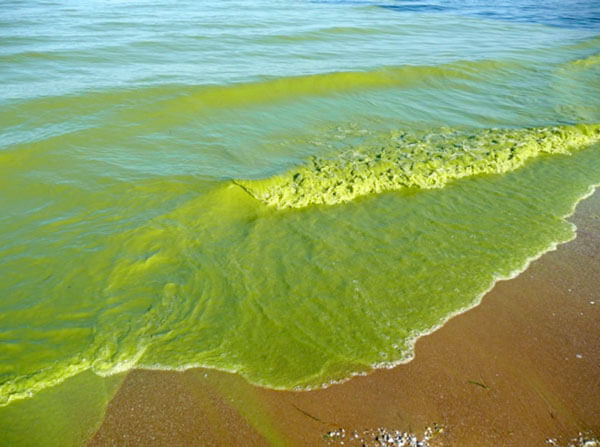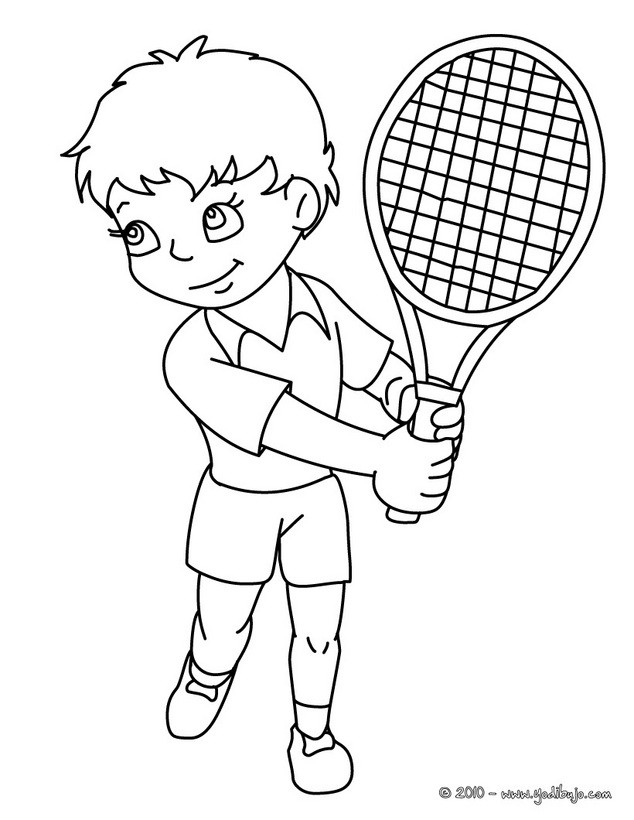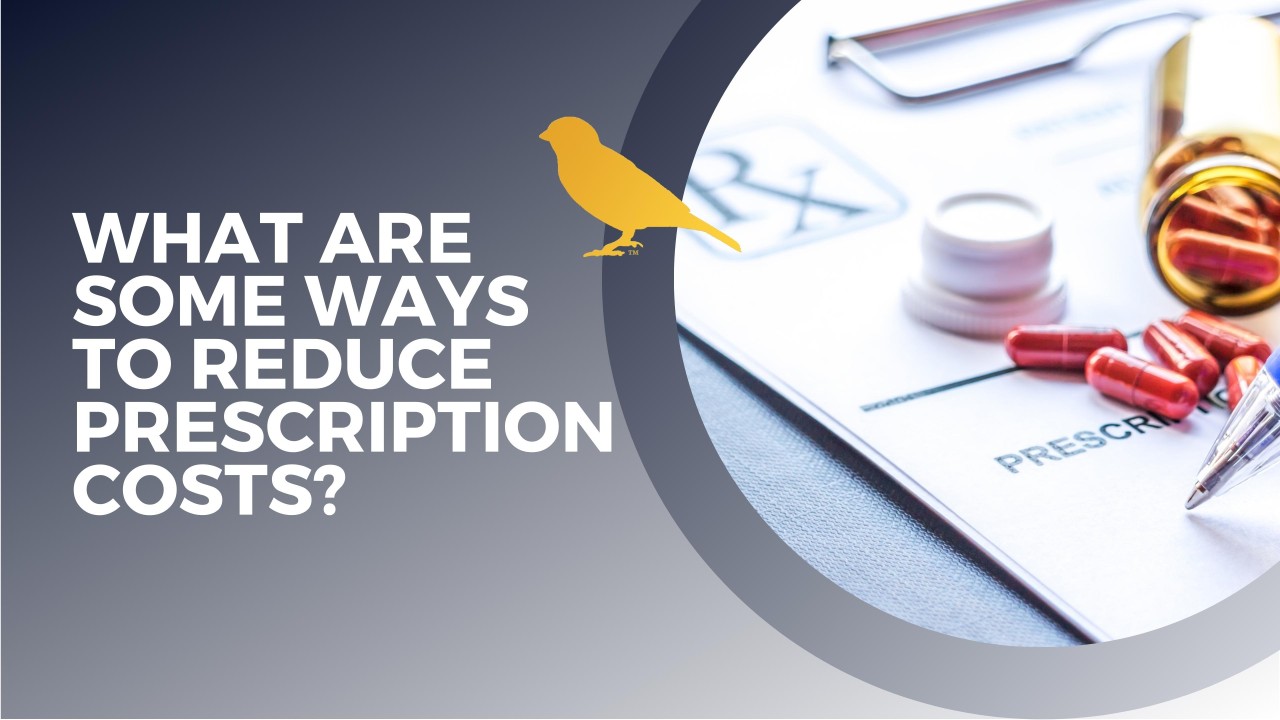Double Trouble: Harmful Algal Blooms Strike Kodiak Waters Again

Table of Contents
The Current HABs Situation in Kodiak
The current harmful algal bloom (HAB) in Kodiak is a significant event, impacting several key areas. While the specific species of algae is still under investigation by the Alaska Department of Environmental Conservation (ADEC), visual observations indicate a widespread bloom. The water discoloration, reported as a reddish-brown tide in some areas, is alarming and points towards a potentially toxic event.
- Specific locations affected: The bloom is currently concentrated near several popular fishing grounds, including areas off the coast of Chiniak and around the mouth of Karluk River, impacting both commercial and recreational fishing activities. Several beaches popular with tourists and residents are also showing signs of discoloration.
- Estimated size and spread: The bloom's precise size is difficult to determine without comprehensive aerial surveys, however, initial reports indicate a substantial spread, covering several square kilometers of coastal waters.
- Water discoloration observed: The water discoloration varies from a noticeable reddish-brown tide in some areas to a more subtle brownish hue in others. This discoloration is a key indicator of the presence of HABs.
- Reports of marine life affected: There have been reports of dead fish and shellfish washing ashore in affected areas. The ADEC is currently investigating the extent of the impact on marine life and the potential for shellfish poisoning.
Causes and Contributing Factors of Kodiak's HABs
The causes of HABs in Kodiak are complex and likely involve a combination of factors specific to the island's unique environment. Understanding these causes is crucial for developing effective mitigation strategies.
- Runoff from land: Agricultural runoff containing fertilizers and pesticides, as well as untreated or inadequately treated sewage, can introduce excess nutrients into the coastal waters, fueling algal growth.
- Climate change impacts: Warmer water temperatures, resulting from climate change, create ideal conditions for certain species of harmful algae to thrive. Increased rainfall can also lead to greater nutrient runoff.
- Ocean currents and upwelling: Kodiak's location and ocean currents play a significant role in the transport and distribution of HABs. Upwelling events, which bring nutrient-rich water to the surface, can further exacerbate bloom formation.
- Changes in nutrient levels: Increased nutrient levels in the water, from both natural and anthropogenic sources, can trigger a rapid increase in algal growth.
- Potential links to specific human activities: While further research is needed, activities such as aquaculture and other coastal developments may indirectly contribute to HAB formation by altering nutrient cycles and water quality.
Impacts of HABs on Kodiak's Ecosystem and Economy
The consequences of HABs in Kodiak are far-reaching, affecting both the environment and the local economy.
- Impacts on marine life: HABs can cause significant fish kills and shellfish poisoning, disrupting the delicate balance of the marine ecosystem. This can have cascading effects on the entire food web.
- Risks to human health: Toxins produced by harmful algae can accumulate in shellfish, posing a risk to human health if consumed. Exposure to HABs can also cause skin irritation and respiratory problems.
- Economic impacts on fishing industry and tourism: Shellfish harvesting closures and fishing restrictions due to HABs can severely impact the local economy, affecting both commercial fishing and tourism, which relies heavily on the pristine condition of Kodiak's waters.
- Effects on recreational activities: HABs can make swimming, boating, and other recreational activities unsafe, resulting in economic losses and community disappointment.
- Damage to the overall ecosystem health: HABs can degrade water quality, reduce oxygen levels, and cause widespread damage to seagrass beds and other vital habitats, impacting the long-term health of the ecosystem.
Protecting Human Health During a Kodiak HAB Event
Protecting human health during a HAB event is paramount. Residents and visitors should take the following precautions:
- Avoiding contact with discolored water: Stay away from areas with discolored or unusual-looking water.
- Not consuming shellfish from affected areas: Heed all official shellfish harvesting closures and avoid consuming shellfish from affected areas.
- Following official advisories and closures: Pay close attention to public health advisories and closures issued by local and state authorities.
- Seeking medical attention if symptoms occur: If you experience symptoms such as skin irritation, respiratory problems, or gastrointestinal distress after contact with potentially affected water, seek medical attention immediately.
Ongoing Research and Monitoring Efforts in Kodiak
Several organizations are actively involved in research and monitoring efforts to better understand and mitigate HABs in Kodiak.
- Government agencies: The ADEC, along with the National Oceanic and Atmospheric Administration (NOAA), plays a crucial role in monitoring HABs and issuing public advisories.
- Research institutions: Universities and research institutions are conducting studies to investigate the causes of HABs and develop effective mitigation strategies.
- Monitoring techniques: Satellite imagery, water sampling, and other advanced techniques are used to monitor the extent and severity of HABs.
- Ongoing research: Research focuses on understanding the triggers of HABs, the impact of climate change, and the development of early warning systems.
Conclusion
The recent return of harmful algal blooms (HABs) to Kodiak's waters presents a significant challenge, with far-reaching environmental and economic consequences. The impacts on marine life, human health, and the local economy highlight the urgent need for continued monitoring, research, and community involvement. We must understand the complex factors driving these blooms and work together to implement effective mitigation strategies.
To protect Kodiak's valuable ecosystem and the health of its residents and visitors, it's crucial to stay informed about HABs, follow official advisories from the ADEC and NOAA, and support ongoing research and monitoring efforts. Let's work collectively to safeguard Kodiak's waters from future harmful algal blooms (HABs) and ensure the long-term sustainability of this precious environment. Visit the ADEC and NOAA websites for up-to-date information and advisories on harmful algal blooms (HABs) in Kodiak.

Featured Posts
-
 Alasan Harga Kawasaki Z900 Dan Z900 Se Lebih Murah Di Indonesia
May 30, 2025
Alasan Harga Kawasaki Z900 Dan Z900 Se Lebih Murah Di Indonesia
May 30, 2025 -
 Fecomercio Presidente Pleiteia Titulo De Cidadao Baiano A Ronaldo Caiado
May 30, 2025
Fecomercio Presidente Pleiteia Titulo De Cidadao Baiano A Ronaldo Caiado
May 30, 2025 -
 Deutsche Banks Saudi Arabia Investment Push Attracting Global Investors
May 30, 2025
Deutsche Banks Saudi Arabia Investment Push Attracting Global Investors
May 30, 2025 -
 El Chino Rios Un Dios Del Tenis Segun Un Tenista Argentino
May 30, 2025
El Chino Rios Un Dios Del Tenis Segun Un Tenista Argentino
May 30, 2025 -
 Kawasaki Ninja 650 Krt Edition 2025 A Closer Look At The New Model
May 30, 2025
Kawasaki Ninja 650 Krt Edition 2025 A Closer Look At The New Model
May 30, 2025
Latest Posts
-
 Reeves Economic Policies A Comparison To Scargills Approach
May 31, 2025
Reeves Economic Policies A Comparison To Scargills Approach
May 31, 2025 -
 Rachel Reeves Echoing Arthur Scargills Rhetoric
May 31, 2025
Rachel Reeves Echoing Arthur Scargills Rhetoric
May 31, 2025 -
 Bbc Interviews Vets Speak Out On Financial Pressures
May 31, 2025
Bbc Interviews Vets Speak Out On Financial Pressures
May 31, 2025 -
 Rogart Veterinary Clinic Relocates To Tain After Fire Damage
May 31, 2025
Rogart Veterinary Clinic Relocates To Tain After Fire Damage
May 31, 2025 -
 Financial Strain On Veterinarians A Bbc Report
May 31, 2025
Financial Strain On Veterinarians A Bbc Report
May 31, 2025
